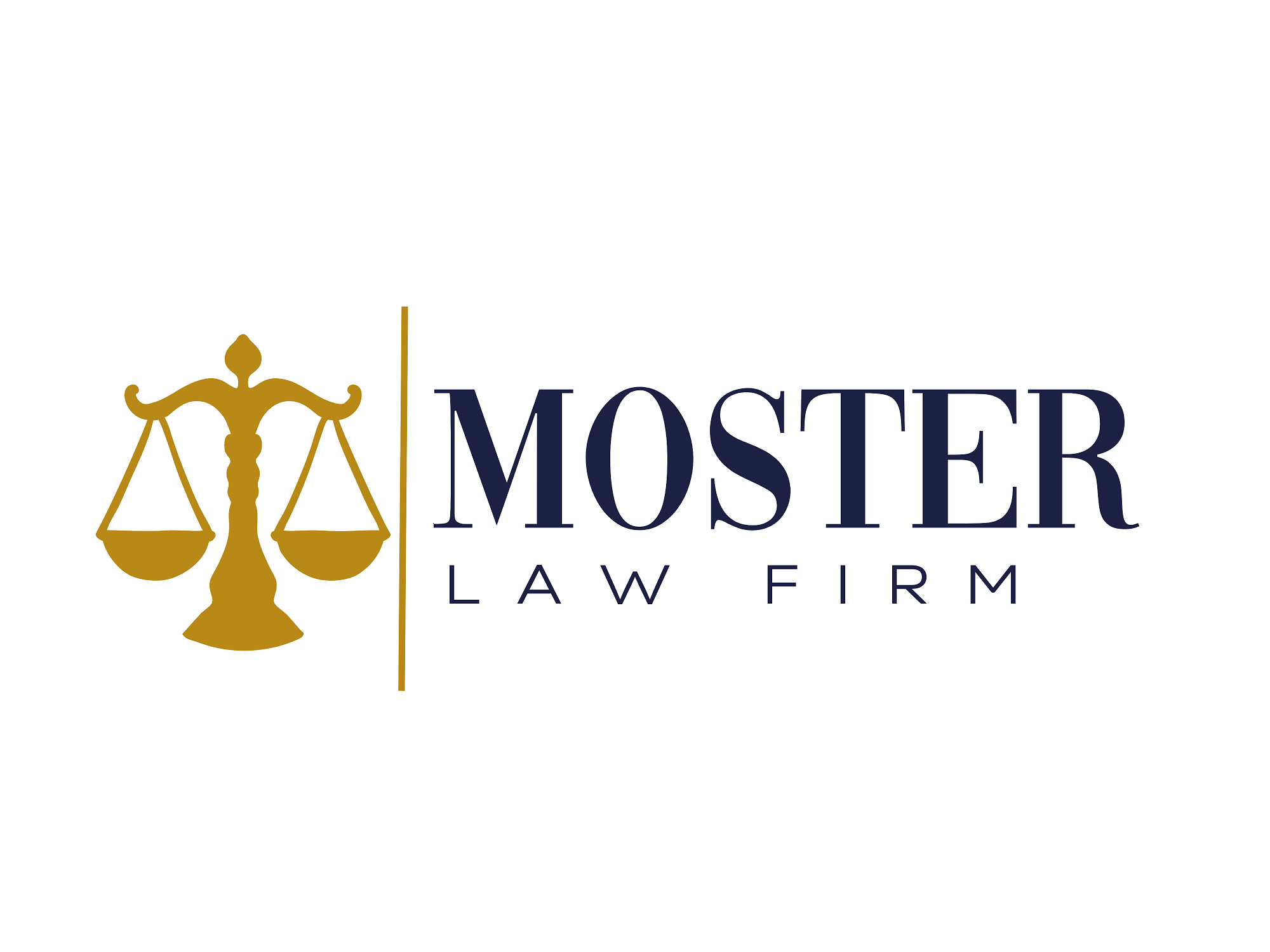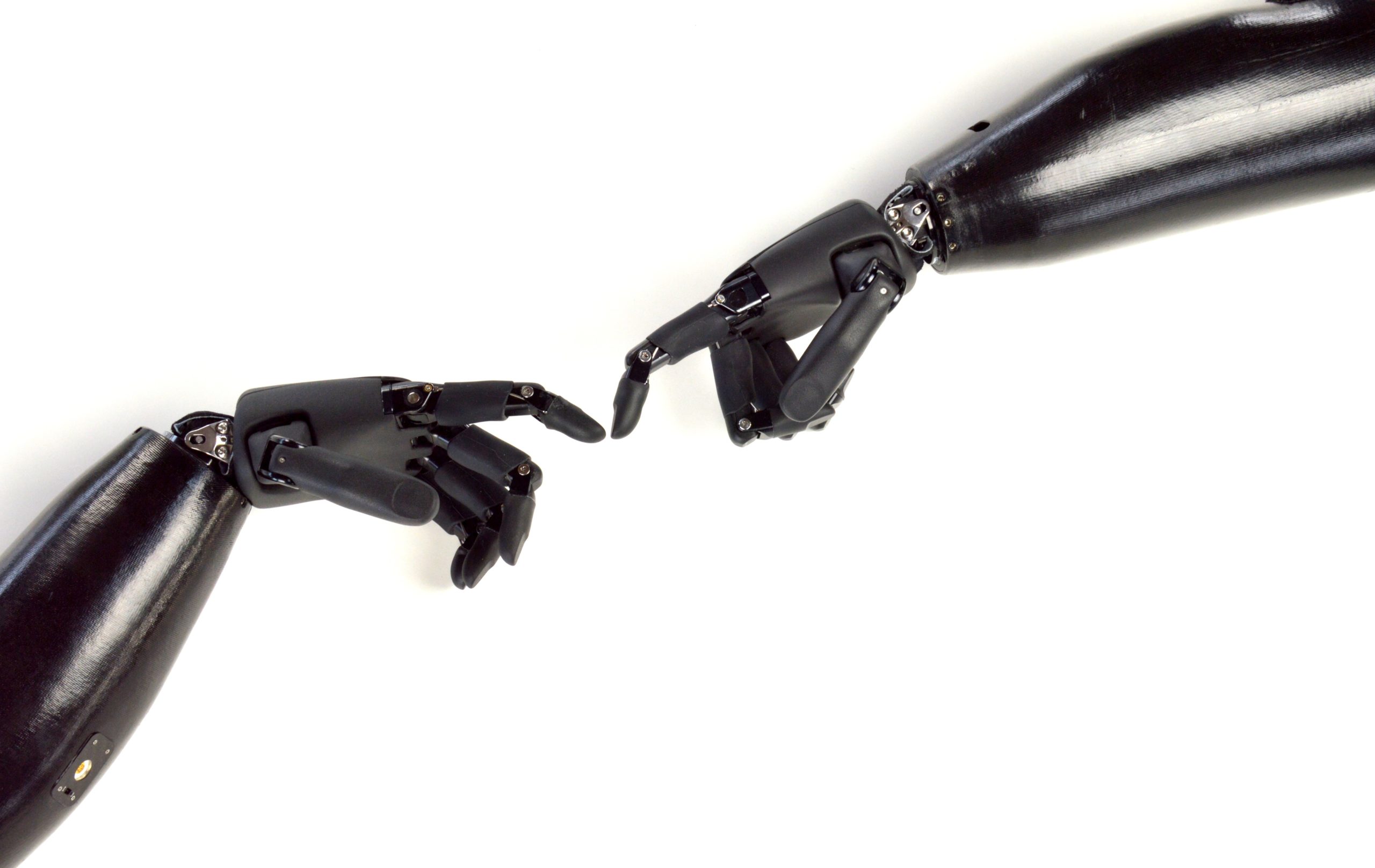As a Texas Intellectual Property attorney in tandem with my work as a computer programmer, I have long contemplated whether a truly conscious computer can ever be invented. The measure of such an AI quantum leap would initially be registered by passing what is known as the Turing Test.
One of the best definitions of the Turing Test named after the brilliant founder of Artificial Intelligence – Alan Turing (1912 – 1954) – is vocalized in one of my favorite AI films – Ex_Machina (2014). Caleb, a young programmer, characterizes the Turing Test to his AI mentor as follows:
“Yeah. I know what the Turing Test is. It’s when a human interacts with a computer and if the human doesn’t know they’re interacting with a computer, the test is passed.”
And that, as a Texas Intellectual Property Attorney, is one of the best explanations of the famed Turing Test of which I am aware. Although this inquiry is still considered to be the AI litmus test of potential computer consciousness, I have long maintained that it is relatively easy to pass and quite outdated. I refer our readers to several books I have written on this subject including – How to Build an Intelligent Computer and Take Over the World How to Build an Enhanced Computer and Take Over the World – UPDATED EDITION – NEW CONTENT: Moster, Charles: 9781074130619: Amazon.com: Books
As expounded in my books and essays, I believe that the search for the origins of consciousness, human or otherwise, can be cracked through the development of sophisticated computers – most likely based on huge aggregates of grown or cultured neurons. Texas Artificial Intelligence Attorney Discusses How to Raise the First AI Baby in the World’s First Electronic Nursery! – The Moster Law Firm
Experiments and technology in this regard are already being developed and marketed in California. I am quite certain that the first conscious computers will come on line as early as the end of this decade and absolutely in the 2030’s. The effects of this development will be as paradigm shifting as the discovery of fire by early hominids estimated to have occurred about 1.5 million years ago. I say that without exaggeration as these computers will exhibit not only consciousness but the ability to outthink all of us by light years. Problems which alluded Einstein will be solved in seconds. The intellectual ascension will be sudden and astounding. It will truly be a “Cognitive Singularity”.
The interesting question for this blog is the formulation of a new test to determine whether consciousness has truly emerged within the guts of a computer program. In my view, the Turing Test should be able to be passed with ease as programs and digital computers become faster. As a programmer myself, I have worked with sophisticated computer algorithms within the context of my company, SpeakSoft® which is developing sophisticated AI’s to replace office staff and most definitely the dreaded menu of options prehistorically displayed by voicemail. See, www.speaksoft.net
I can attest to the sophistication of some of my AI’s which are close to passing the Turing Test and are in development. That said, I know how the “AI Sausage” is made, and my best candidate, an AI Receptionist known as “Julia_AI™” – is merely a series of python commands and functions with a few loops thrown in for good measure. There is no consciousness displayed by Julia_AI™ – but a series of AI smoke and mirrors which simulate consciousness. She does not know the difference between her creator (yours truly) and a bowl of chicken soup.
I don’t say the above disparagingly but simply to point out the limits of the Turing Test which are exceedingly linear. Therefore, I have proposed a new test which for lack of a better phrase I refer to as “The Moster Test”.
The genesis for the Moster Test has been my experience as the proud 68-year-old Dad of a most precocious daughter (now 6). Given my age, this is somewhat unusual, however, my reflections herein relate to how it has facilitated my understanding of computer consciousness and my own AI work. As a mature father with a background in AI, I have a unique opportunity to observe the very emergence of human consciousness and apply this process to my own work. It really has led to some interesting observations and the development of my corollary to the storied “Turing Test”.
As described in a recent article which discussed how to raise the First AI conscious entity in an E-Nursery –Texas Artificial Intelligence Attorney Discusses How to Raise the First AI Baby in the World’s First Electronic Nursery! – The Moster Law Firm it boils down to the ability of a biological entity and analogous computer system to distinguish herself/itself from the exterior environment.
Such process of self-reflection is not observed in infants to approximately the 9th to 12th months when they can separate themselves from their toys or a mushy treat. As recalled in the above article, I witnessed this with my own daughter within the context of an artificial rainforest wherein she played for several months without any clue as to the distinction of a rather fake looking palm tree and her own body. At around 10 months this radically changed. A light of sorts went off in her head and she was able to separate herself from the external environment. Philosophers would refer to this epiphany as self-awareness or the sudden inner awareness of an internal “I” apart from “thou” or “It”. Philosopher Martin Buber (1878 – 1965) published brilliant works in this regard.
My daughter’s ascension up the cognitive scale got me to thinking about what attributes would define a conscious computer with more specificity than the existing Turing Test. Accordingly, I formulated the Moster Test which sets forth the following characteristics which would define a truly conscious computer system versus simulated AI smoke and mirrors. Here are the key factors:
- Self-awareness – knowledge of one’s self as an entity distinct from other entities organic and inorganic.
- Awareness of the environment as distinct from self.
- Individuation (ability to not just be self-aware but to develop traits which distinguish ourselves as a unique entity apart from other entities and the environment).
- Cognizance of time progression (awareness of the present moment as a continuum of interconnected events and to perceive forward motion in time.)
- Ability to evolve and learn from experience.
- Ability to distinguish past from present from future and life in progression.
- Ability to be creative and develop ideas and works of art/science not predicated upon a mere regurgitation of prior programming.
- Ability to communicate in language but with understanding beyond mere manipulation of symbols.
I firmly believe that the key to all of this is the passage of the very first (Moster Test) step as that would have the AI analogous effect of my daughter’s transition from the uniformity of an embryonic self-combined inanimate environment to the separation of self and the world at large. I do not exaggerate that such a computer achievement would be akin to the discovery of fire.
Whether the Moster Test could ever be achieved with even the most sophisticated digital computer is certainly debatable. I would place my bets on the rollout of biological computers and potentially quantum computers. We will have to see.
In the meantime, apart from my law practice as a Texas Intellectual Property Attorney, I am still tinkering away with my computer programs in hopes of traversing that amazing path from nothingness to the first appearance of a discernable “I”.
Charles Moster is the Founder of the Moster Law Firm which has 9 offices in Texas and his heavily involved in the development of new AI technology and representation of Tech Companies and inventors. He is an AV -Rated “Preeminent” attorney of 36 years, entrepreneur, computer programmer, and published playwright, and author. He heads the Firm’s Turing Technologies Group at the Moster Law Firm.


